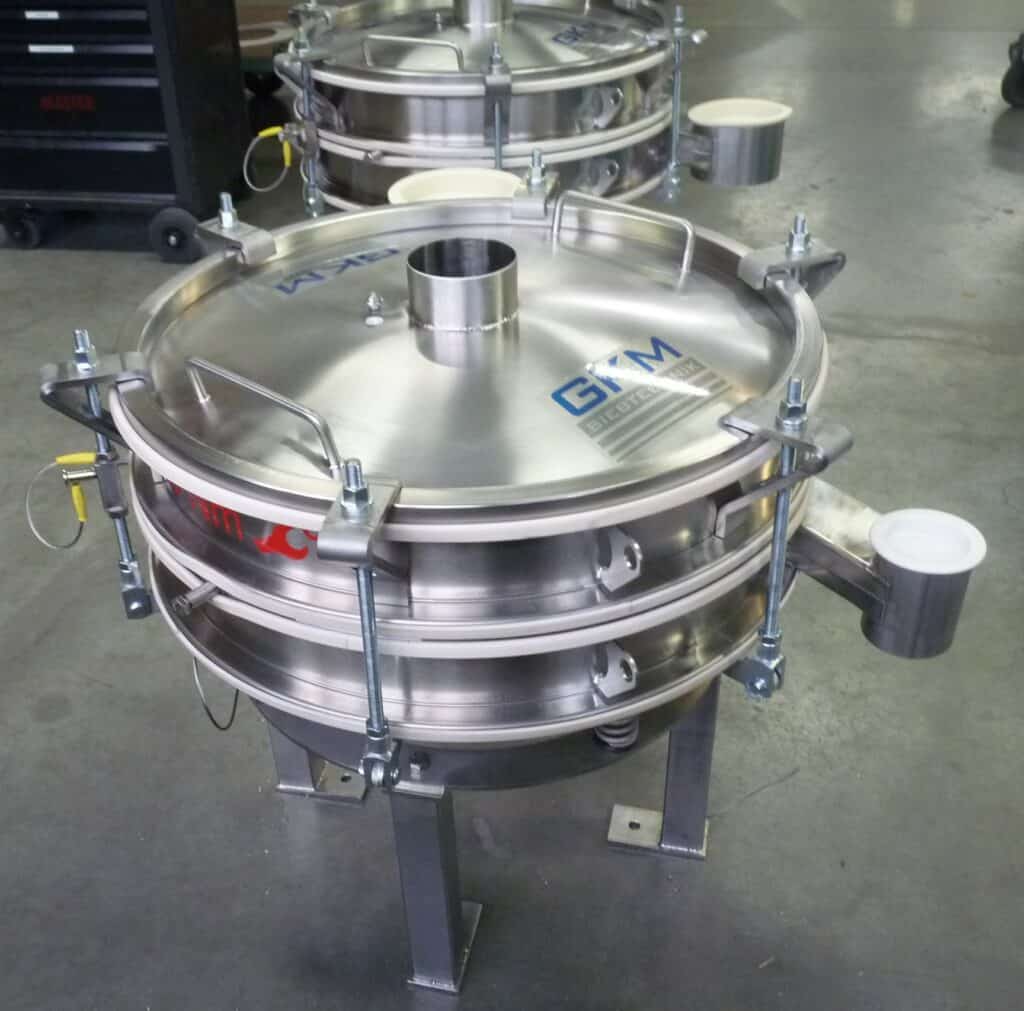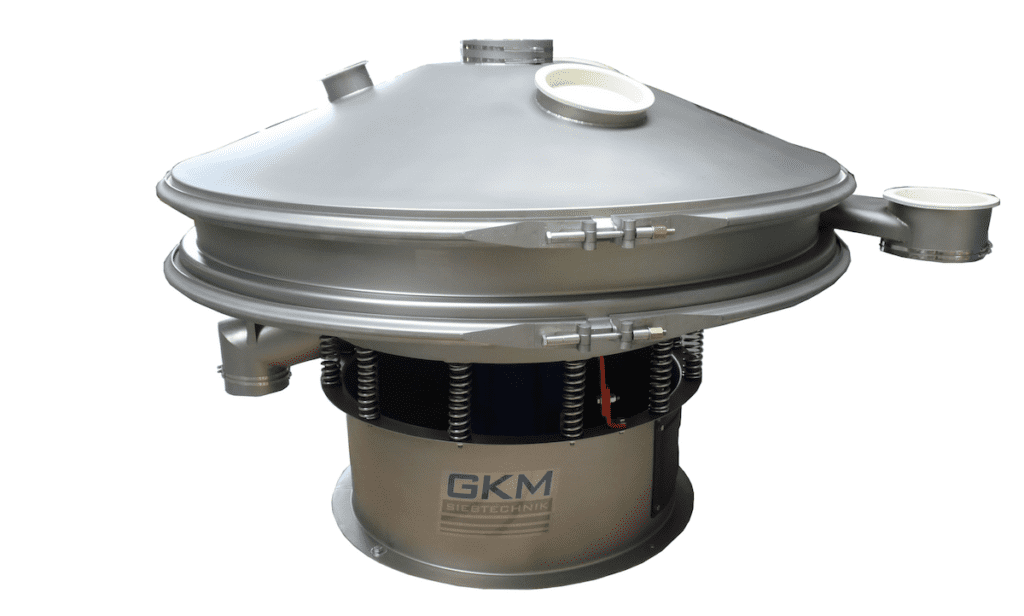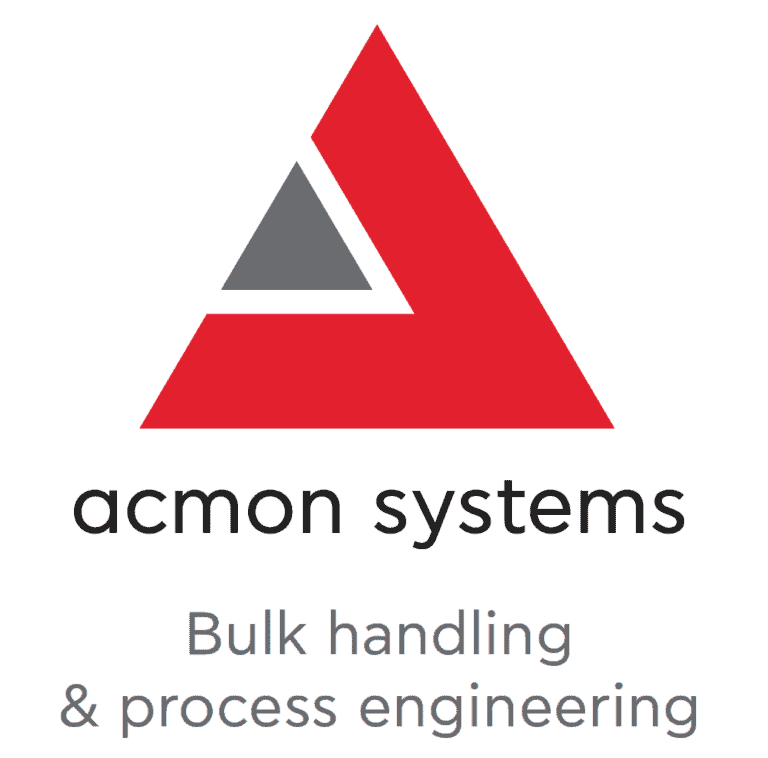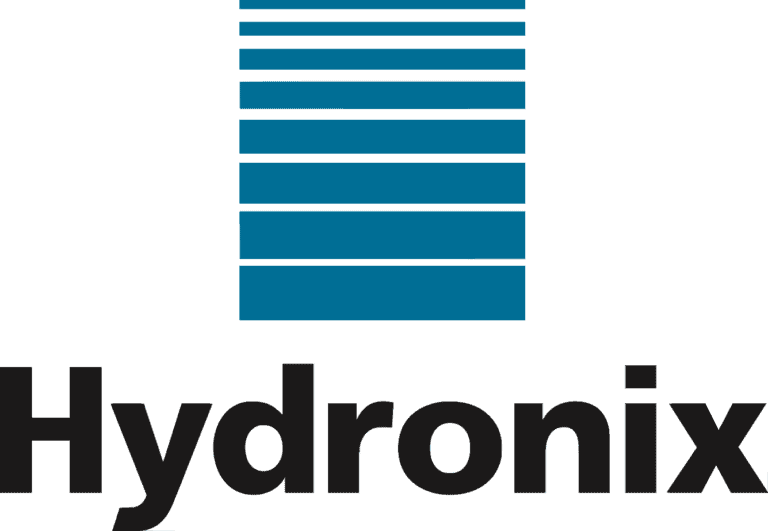Take advantage of 30 years of experience in the field of screening and process technology in all industries. As leading manufacturers of Tumbler screening machines, vibrating round screeners, and laboratory air-jet screeners with excellent worldwide references in all branches of industry, we also have the perfect solution for your screening application.
- Tumbler Screening Machines,
- Vibrating Tumbler Screening Machines,
- Vibrating Safety Screening Machines,
- Laboratory Air-Jet Sieves KLS 200,
- Digital electromagnetic Laboratory Sieve Shaker KTL 200,
- Fine tuning of screening machines in operation.
GKM screening machines are offering more than other
The company GKM is technical market leader for Tumbler Screeners, Vibrating Tumbler Screening Machines and Laboratory Air-jet and Shaker Sieves. Take advantage of over 30 years of experience in the field of screening and processing technology.
- Highest competence and know-how in the screening process technology
- Latest development of Tumbler Screening Machines in top quality and design at fair prices




































